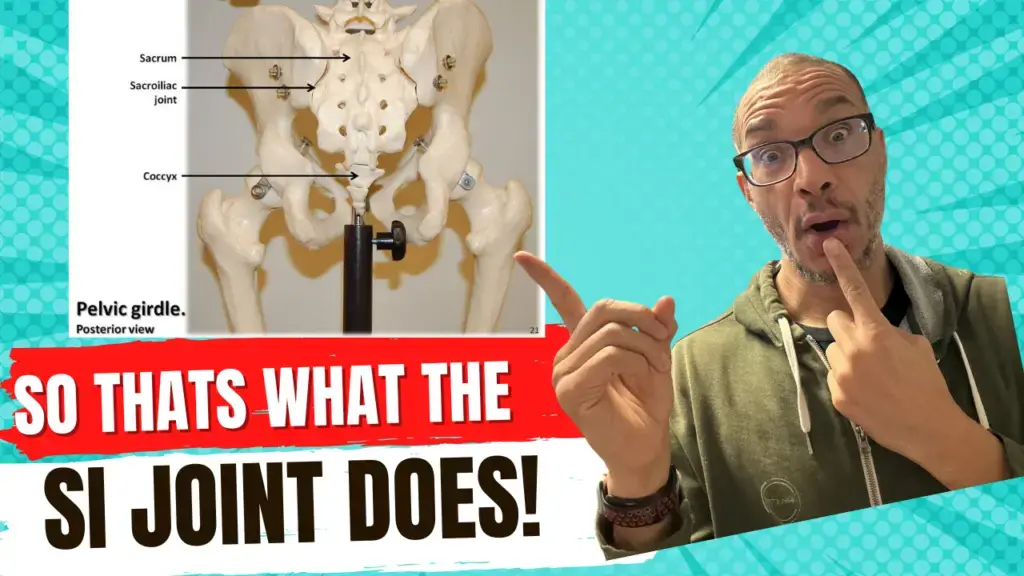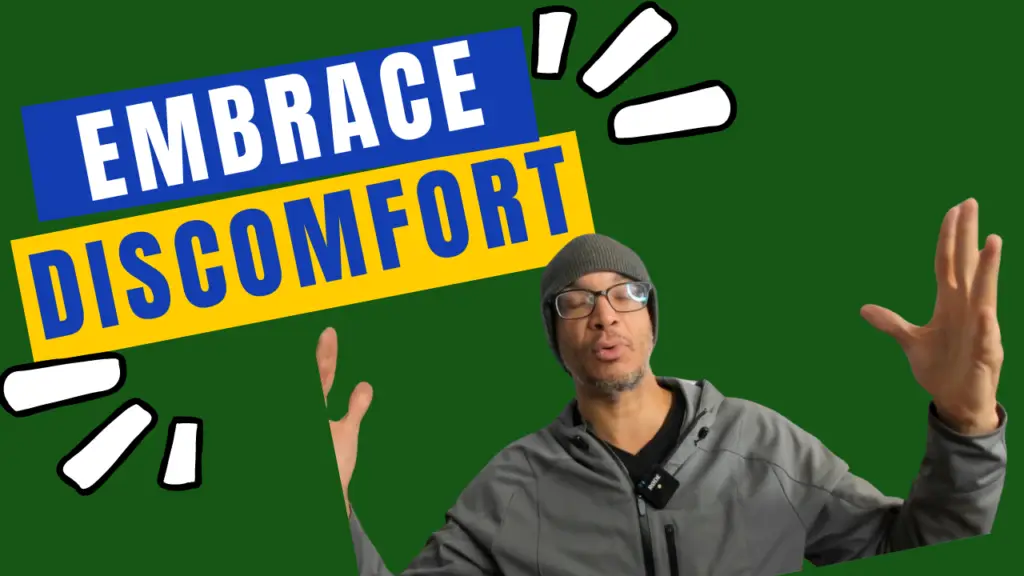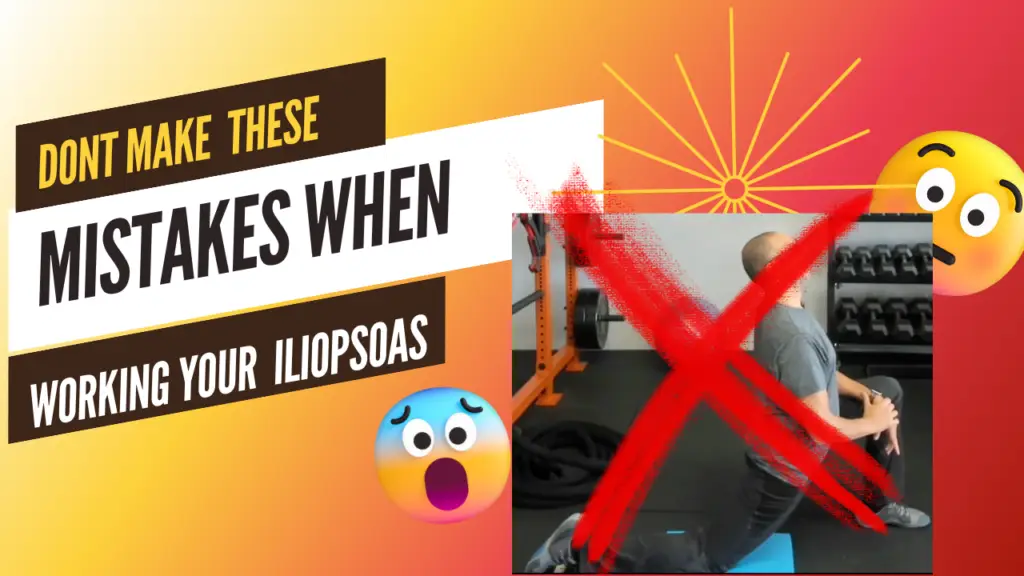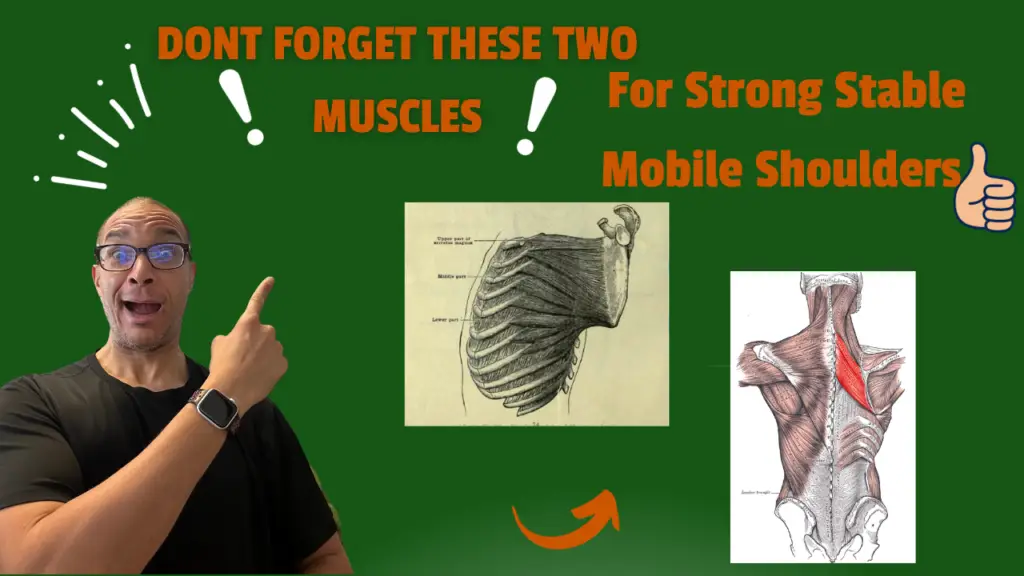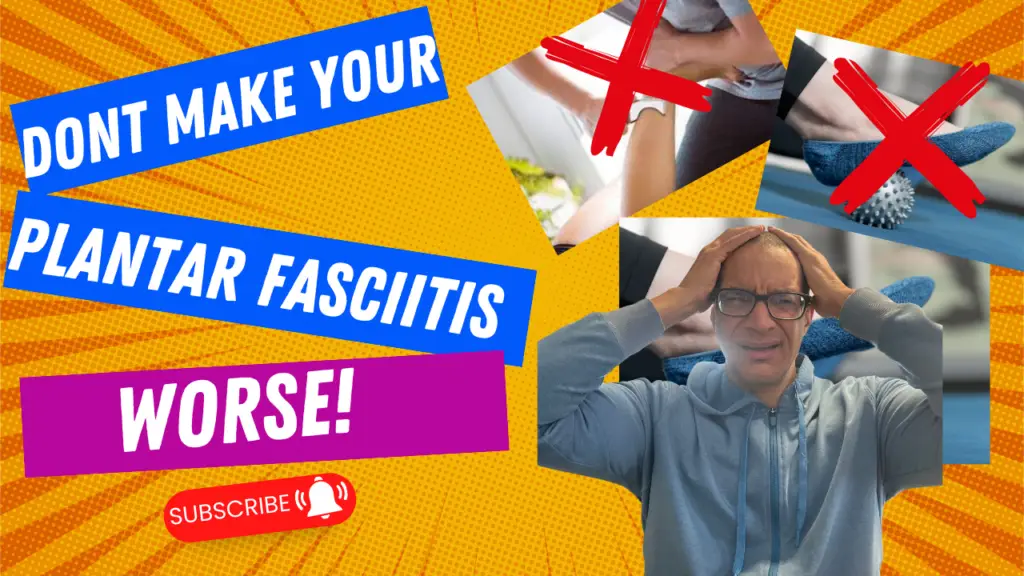
Taking control of your health is the goal. But unless you’re deep in the health and fitness world, you don’t know everything it takes.
Jumping between classes, trainers, and therapists feels productive. But that only works if you actually understand how to structure and integrate everything—if you’re truly acting as the lead contractor of your body.
Let me share a real-world example.
A woman came to one of my free monthly ELDOA classes. These community sessions let people experience holistic exercise firsthand through one powerful technique.
She found it helpful and booked a consultation. But once we sat down, I learned she was already working with a Pilates instructor, a personal trainer, and a therapist. 🧐
When I asked what she wanted from me, her answer was clear: “Just come to my house and teach me the ELDOAs.”
She thought ELDOA alone would fix everything. She also assumed seeing different professionals meant she was getting a full-body solution.
She wasn’t.
She was playing the lead contractor—but without the blueprint. She was making decisions with limited knowledge, based on marketing, hearsay, and assumptions. And unfortunately, her body showed the results. Technically speaking, she was “jacked up,” and continuing on that path was only going to make it worse.
This is a common mistake.
Many people take on the role of lead contractor of their body, but they don’t know what’s required. It’s like trying to build a house when you’ve only watched a few YouTube videos. You might know what a hammer does, but you don’t know how to use it in the context of framing a structure.
She needed to acknowledge what she didn’t know—and allow a qualified health and fitness professional to guide the process.
The lesson?
If you want lasting change, stop trying to piece together your wellness from random parts. Start building a strong, sustainable foundation with guidance.
🎯 Ready to learn how to take charge the right way?
👇🏾 Use the link below to grab your copy of:
Building a foundation for a better life.
Find out more @

